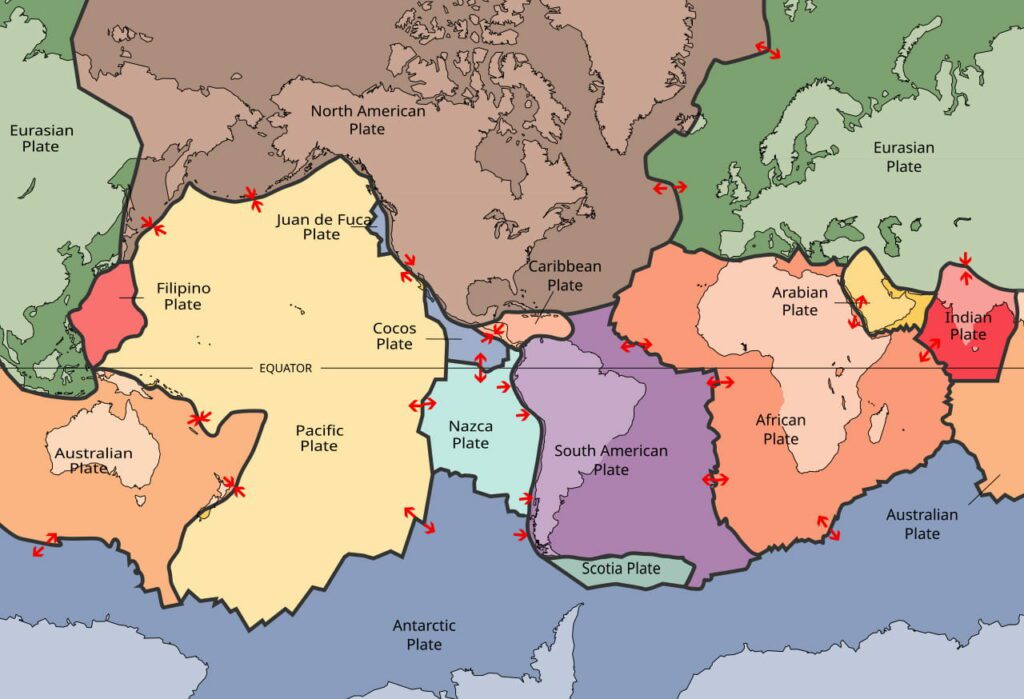In recent days, many media outlets have been citing a study published recently in the journal Gondwana Research to argue that North America and Europe should be considered a single continent, and therefore Earth would have one less than previously established.
However, the study actually says nothing of the sort. On the contrary, it argues for the existence of a microcontinent in the Davis Strait, between Canada and Greenland. The finding offers new details about the tectonic restructuring in this region during the Mesozoic and Cenozoic eras.
The Davis Strait is a key region connecting the oceanic basins of the Labrador Sea and Baffin Bay. These basins formed during the divergence between Greenland and North America, a process that began in the Mesozoic and continued into the Cenozoic. However, the tectonic evolution of the Davis Strait has been a topic of debate for decades. Although it is known that the region has an anomalously thick continental crust, existing theories did not fully explain its origin.
Schematic diagram of key events in the Labrador Sea, Baffin Bay and Davis Strait. Credit: Luke Longley et al.
The article published in the journal Gondwana Research presents a detailed tectonic reconstruction that sheds light on the separation of Greenland from Canada, proposing the existence of a proto-microcontinent in the Davis Strait, which they have named the “Davis Strait proto-microcontinent.”
To reach these conclusions, the researchers used tectonic reconstruction models based on a comprehensive set of gravimetric data, obtained from vertical gradient maps and filtered directional data. This data allowed them to identify new lineations associated with oceanic ridges and transform fault zones. Additionally, seismic reflection data from the western Greenland region were reinterpreted, complemented by a recently compiled crustal thickness model.
This multidisciplinary approach allowed the identification of an isolated block of continental crust, with a thickness of between 19 and 24 kilometers, that was separated from Greenland during a previously unrecognized east-west extension phase. This block has been interpreted as an incompletely detached microcontinent, referred to as the Davis Strait proto-microcontinent.
One of the most interesting findings of the study is that the separation of this proto-microcontinent coincides with a change in the orientation of tectonic spreading, which occurred between 58 and 49 million years ago.
This change was driven by the reorientation of the rift margins of Canada and Greenland, indicating that the structure of the lithosphere had a fundamental control over plate movements.
This research not only provides a detailed explanation of the tectonics in the region but also proposes a model that could be applied to other regions of the world where microcontinents have been identified or could be identified. With a better understanding of these processes, scientists are one step closer to deciphering the tectonic dynamics that have shaped the continents as we know them today.
SOURCES
Luke Longley, Jordan Phethean, et al., The Davis Strait proto-microcontinent: The role of plate tectonic reorganization in continental cleaving. Gondwana Research, Volume 133, September 2024, Pages 14-29. doi.org/10.1016/j.gr.2024.05.001
Discover more from LBV Magazine English Edition
Subscribe to get the latest posts sent to your email.

When we read or hear the expression Abracadabra, we immediately think of witchcraft, enchantments, magic, and things of that nature. Until a few years ago, many magicians used it in…
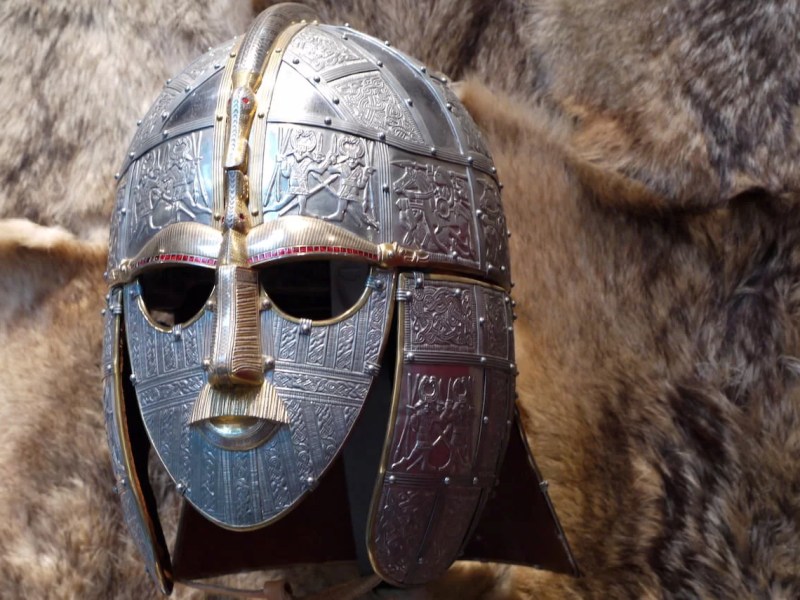
In the article dedicated to the Varangian Guard, we explained that, following the Norman conquest of England in 1066, this unit came to be known as Englinbarrangoi (Anglo-Varangians) and English…
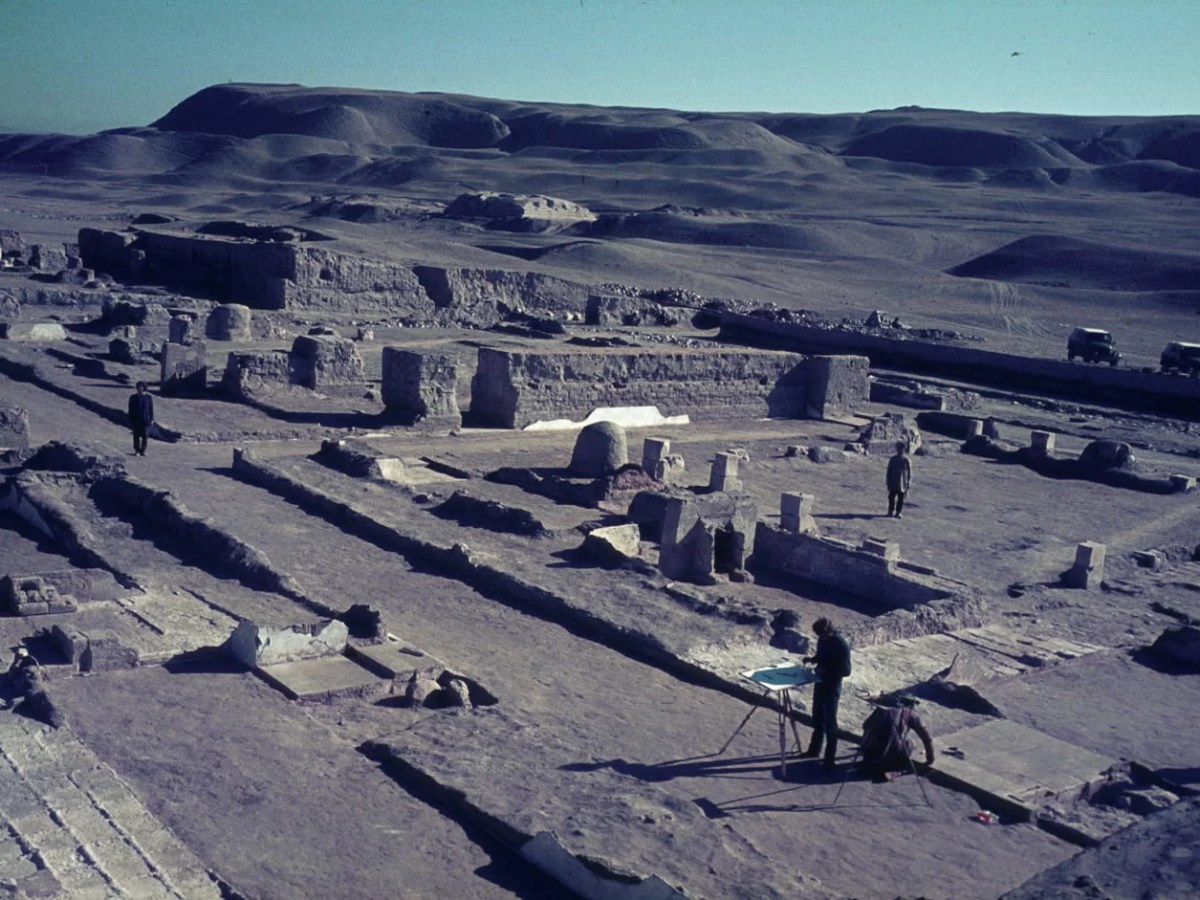
At the confluence of the Kokcha River and the Amu Darya, in northern Afghanistan’s Takhar province, lie the ruins of Ai-Khanoum (which means “Moon Princess”). This ancient settlement was home…
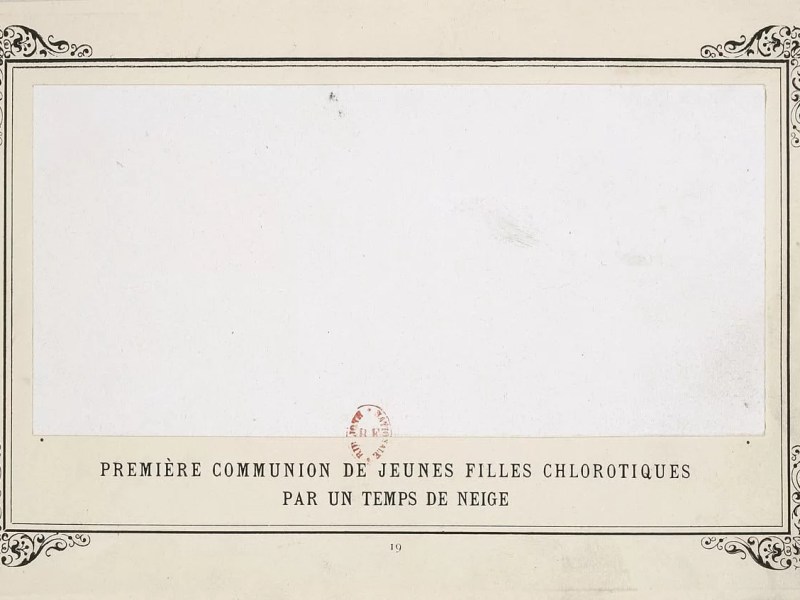
Alphonse Allais is a name that perhaps not everyone immediately recognizes, but his influence in art, literature, and humor is undeniable. This French journalist, writer, and humorist from the Belle…
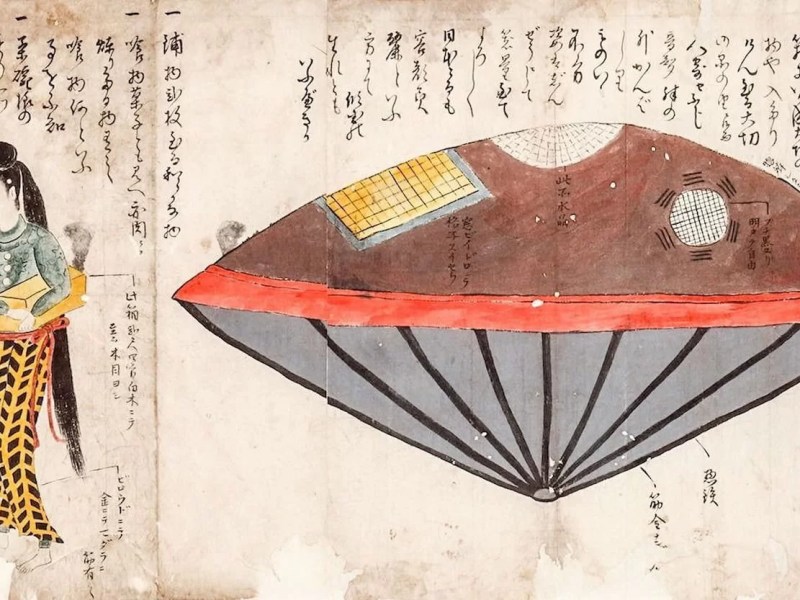
In Japanese folklore, there is a curious legend that is repeated in various current provinces of the country such as Hitachi, Kaga, Echigo, in addition to other historical territories like…

Two scholars from the University of Colorado Boulder have unearthed significant fragments from two lost tragedies by the ancient Greek playwright Euripides. This discovery, made after months of painstaking research,…
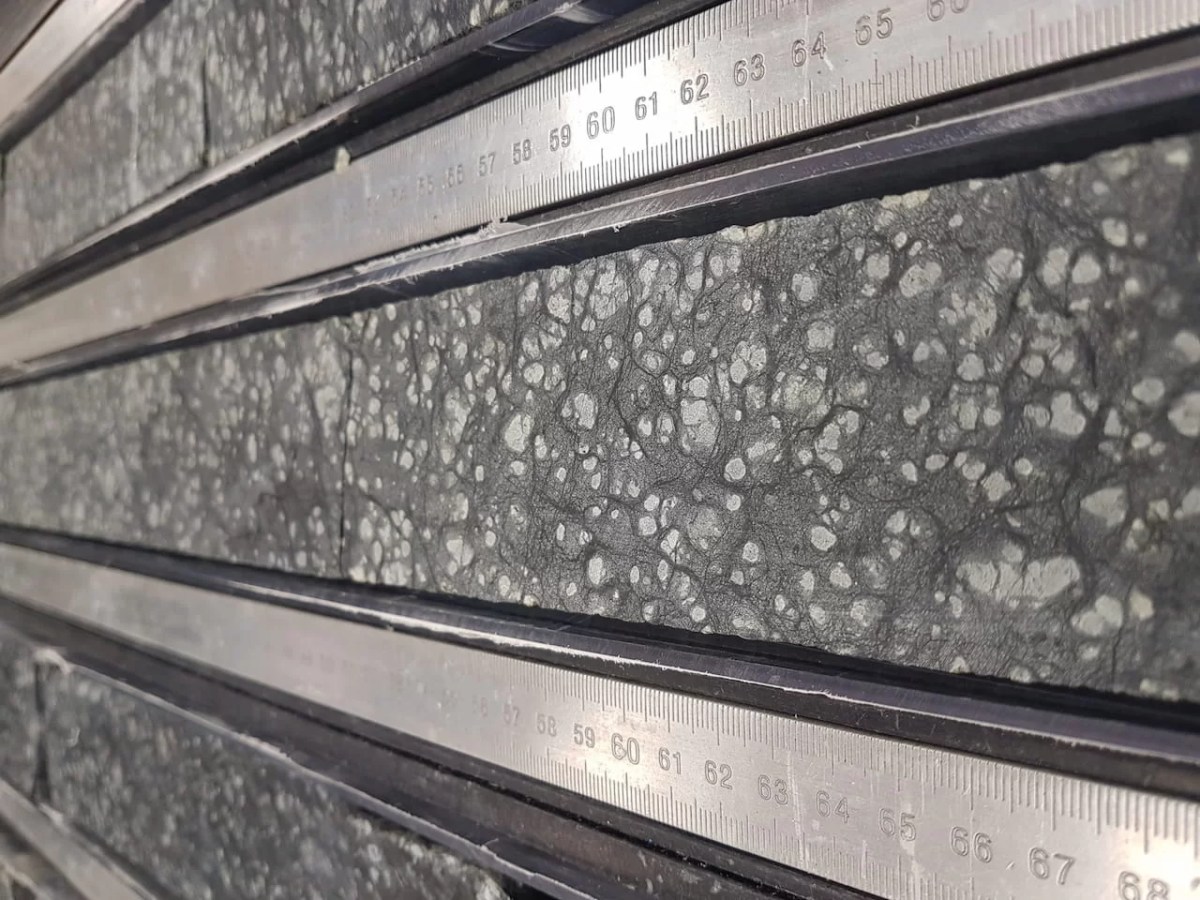
In a groundbreaking achievement, a team of international scientists has successfully retrieved a significant section of rock from the Earth’s mantle, marking a new era in the study of our…
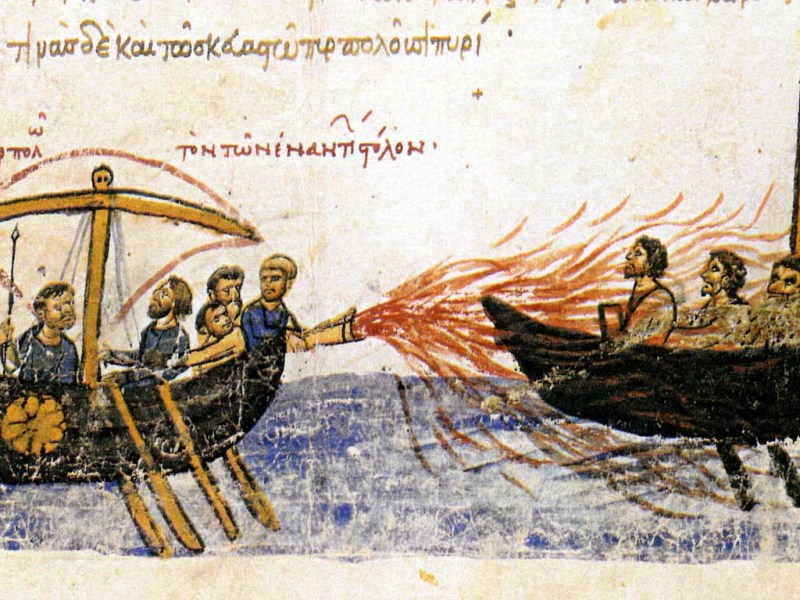
They began to blow with blacksmiths’ bellows into a furnace where there was fire, and from it came a great noise. There was also a brass [or bronze] tube, and…
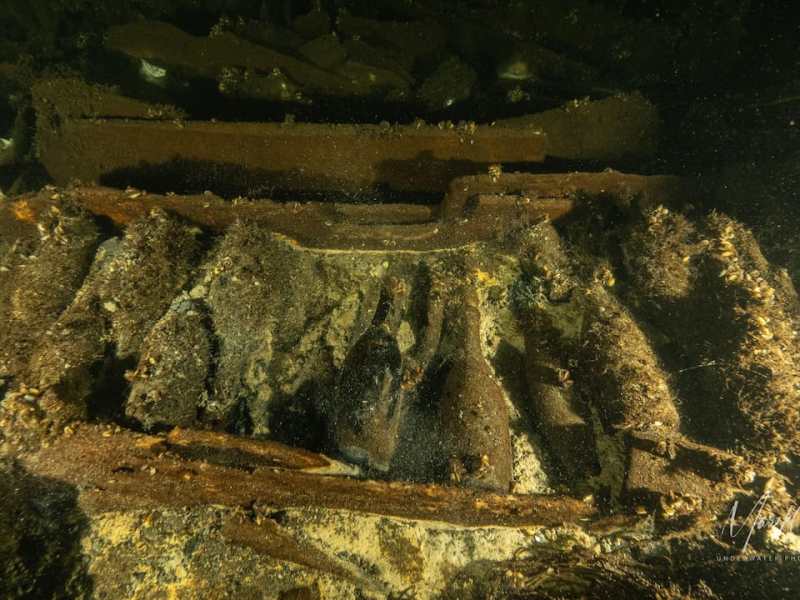
A team of underwater explorers has made an extraordinary discovery at the bottom of the Baltic Sea: a 19th-century shipwreck in excellent condition, loaded with unexpected treasures. The finding was…
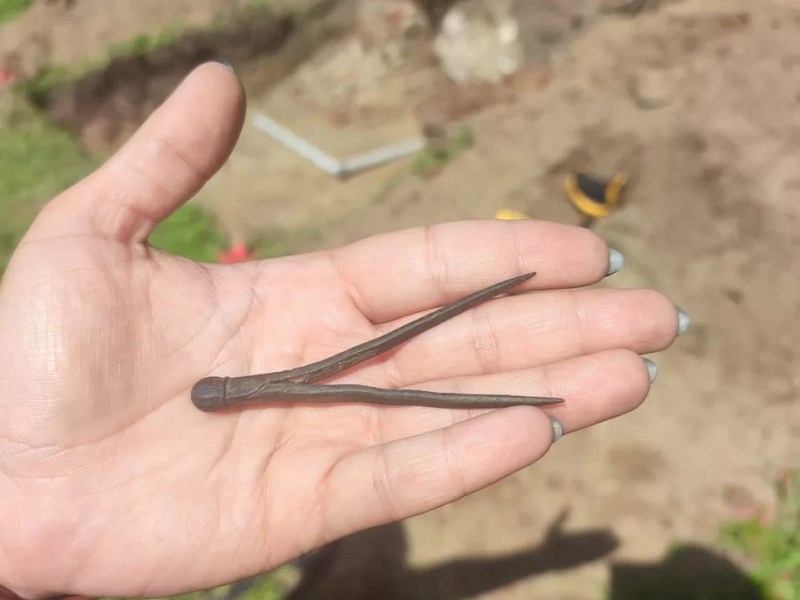
In a fascinating turn of events for archaeology and astronomy enthusiasts, a 500-year-old compass that might have belonged to the legendary Renaissance astronomer Nicolaus Copernicus has been unearthed. This discovery…
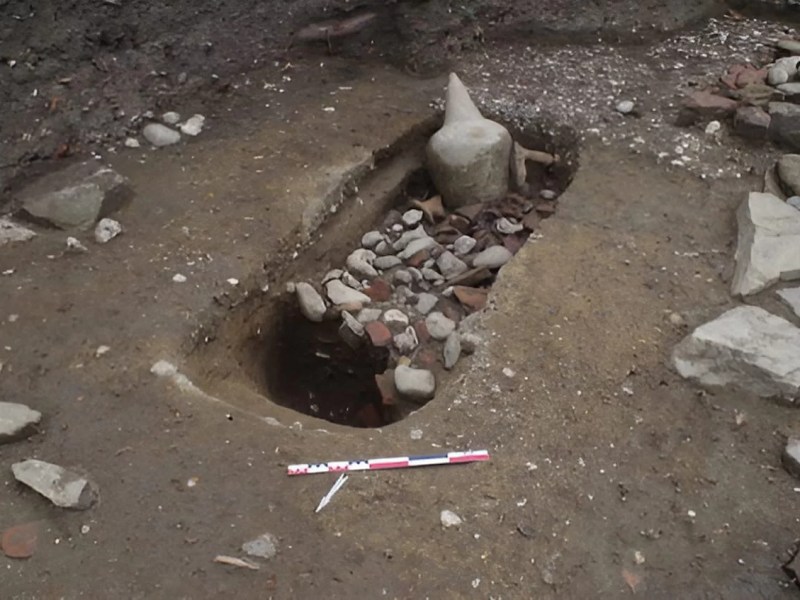
The archaeological operation on Rue des Communes, carried out from February to August 2023 by a team from Archeodunum led by Mr. Rodriguez, made it possible to study a district…
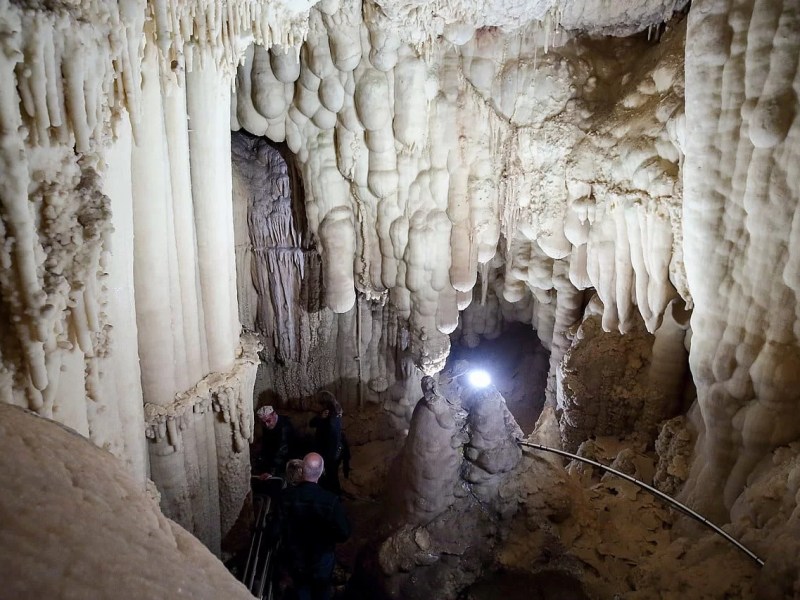
In Europe, there were pre-Neanderthals, the Northern Hemisphere of the Earth had less ice than today, and sea levels were approximately 10 meters higher. We are in the Lower Paleolithic,…
Load more articles
Something went wrong. Please refresh the page and/or try again.
Source link : http://www.bing.com/news/apiclick.aspx?ref=FexRss&aid=&tid=66b5fdd81d8646c0a43c6c851e809cda&url=https%3A%2F%2Fwww.labrujulaverde.com%2Fen%2F2024%2F08%2Fthe-earth-hasnt-lost-a-continent-but-has-gained-a-microcontinent%2F&c=15182354048088050860&mkt=en-us
Author :
Publish date : 2024-08-08 13:00:00
Copyright for syndicated content belongs to the linked Source.
